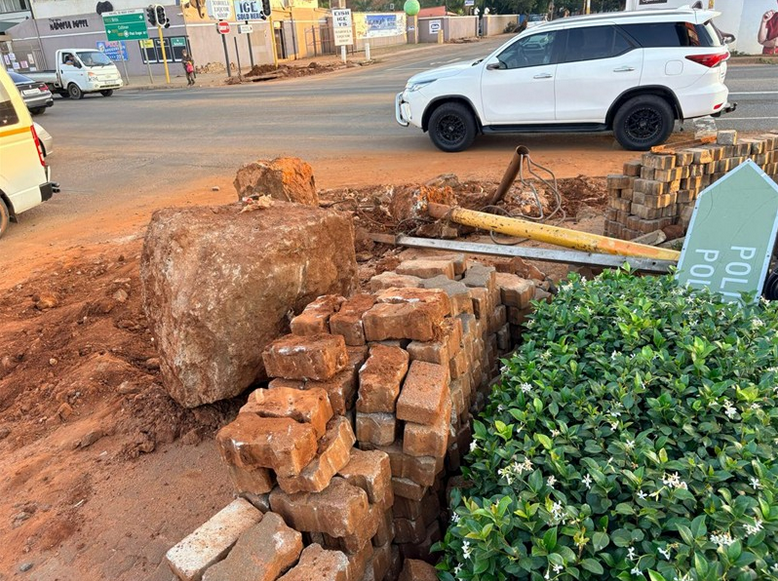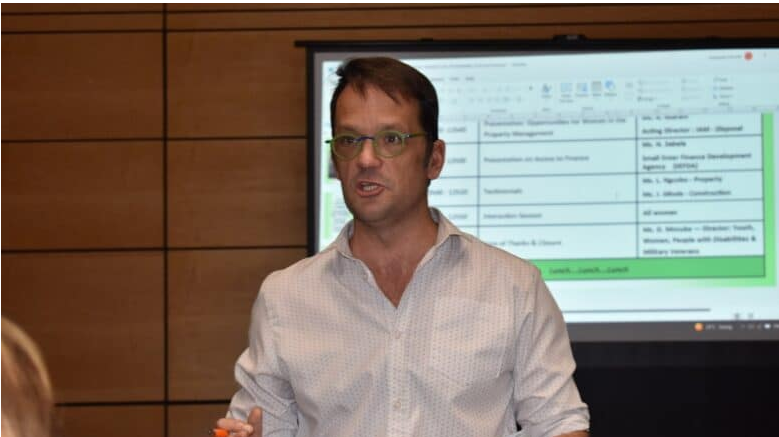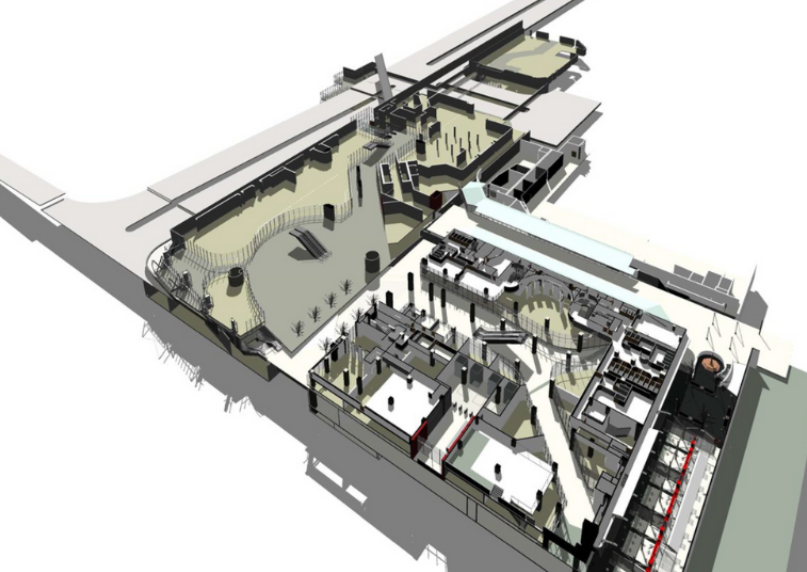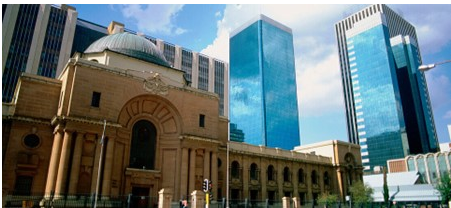GIBB to monitor environmental compliance during R7bn Durban port construction

Advertising
27-02-2019
Read : 230 times
Bizcommunity.com
Source
GIBB Engineering and Architecture has been awarded the contract to monitor compliance and to avoid disturbance to the ecosystem by the R7bn Durban Container Terminal berth-deepening project that commenced in October 2018.
The project will be creating deeper berths at Durban Container Terminal: Pier 2’s North Quay so the Port of Durban can accommodate new-generation container vessels. It is due for completion by 2023 and should enable the port to accommodate three Super Post Panamax vessels 9200 TEU or larger.
GIBB will be auditing environmental compliance on the project, after being awarded an independent environmental compliance officer (ECO) package.
“We don’t want a situation where the project brings economic benefits, but comes at the cost of severe environmental damage,” said GIBB environmental scientist Charl Kruger.
Harbour construction has the potential to damage the environment via polluting heavy metals, which can enter the water through the release of rusting steel, copper, lead or zinc, and then become part of the food chain through fishing activities, which are common around the harbour area.
Heavy metal poisoning can affect heart, liver and pancreas function in humans.
GIBB will audit compliance against the various environmental permits and will provide feedback to Transnet, the Environmental Management Committee and other relevant authorities on any issues arising. The GIBB contract is worth R10m.
“Our role is to ensure that contractors follow regulations and the mitigation measures that have been put in place to protect the environment,” said Kruger.
Protecting the Centre Bank sandbank
As part of the work, GIBB will conduct monitoring of Durban harbour’s environmentally sensitive Centre Bank sandbank.
“The sandbank is home to a many microfauna, macro fauna and small prawns, which in turn feed the fish breeding in the harbour,” said Kruger. “The sandbank removes many of the pollutants that enter the harbour from the rivers, so it’s vital that we ensure construction doesn’t pollute the sandbank.”
The sandbank is connected to the construction site. Construction teams will relocate some of the sand, and then offset this by replacing sand on another part of the bank at a later stage.
“The goal is to make the sandbank bigger than it is currently and to attract more mirco, marcofauna and fish species, thus improving species diversity,” said Kruger.
The ecosystem of the Centre Bank is precious and the area has been designated a conservation area in the Bay of Natal Estuary Management Plan. It has a large population of sand prawns, and is an important habitat for juvenile fish and a feeding ground for the birds of the area.
Recent News
Here are recent news articles from the Building and Construction Industry.
Have you signed up for your free copy yet?









